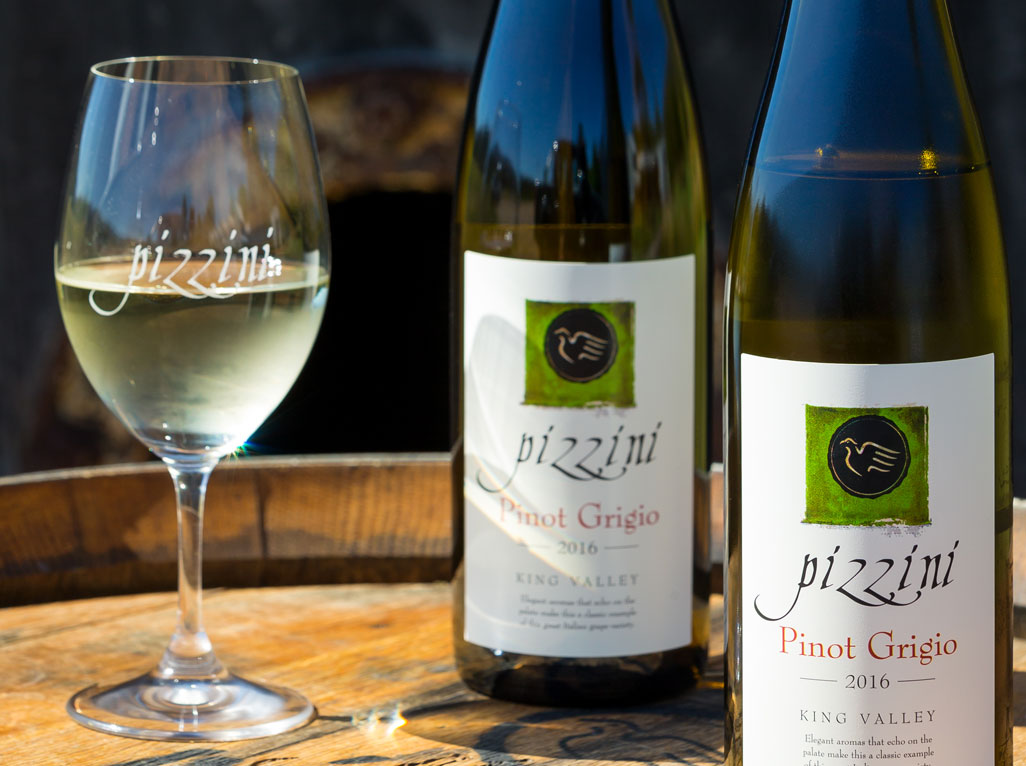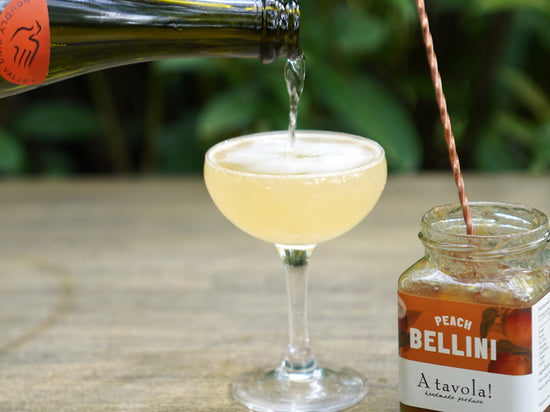Writing wine tasting notes is a job I tend to put off, but once I get started it’s quite engrossing to pick out the elements of the blends I’ve created and try to match them with the right descriptors.
Over the years I’ve copped a fair bit of flack from our Marketing team (you know who you are) for my reliance on descriptors that relate to apples and pears when talking about our whites, particularly the Pinot Grigio.
So, I tried to come up with other labels for what I was tasting, but the more I tried, the more I tasted apples and pears. In fact, not just any apples and pears, I realised there is a pretty clear range of apple and pear characteristics that tie in with the different sites we source our Pinot Grigio grapes from.
When I asked Fred (aka Dad/Alfred Pizzini) for his thoughts on descriptors that didn’t mention apples and pears he said “Why would you want to do that?”
Turns out Trentino Alto Adige, where we hail from and one of the Italian centres of Pinot Grigio, is also the apple industry’s Italian home.
The region produces over 1.1 million tons of apples annually, accounting for most of Italy’s apple crop and almost 10% of the European Union’s total apple production. This is achieved by over 8000 small family farmers who typically grow both apples and grapes, including Pinot Grigio, for a sophisticated network of local co-operatives*.
So, Pinot Grigio and apples flourish together and they would also share chemical flavour compounds. Those apple descriptors in my Pinot Grigio tasting notes are starting to make a lot more sense.
Some see Pinot Grigio as a simple wine to grow, make and drink. Yes, it’s easy enough to make a basic Pinot Grigio, but if you aim a little higher, or a lot higher as we do, then that’s not the case – for me, blending our Pinot Grigio each year is one of my biggest,yet most enjoyable challenges.
The Pizzini Pinot Grigio is sourced from fourteen of the Whitfield district’s most meticulous grape growers. We make each batch as a separate, finished wine before I start trying out a number of combinations that vary the different components, sometimes by only one or two percent.
Over time I’ve developed a spreadsheet categorising the flavours of the grapes sourced from each of our growers. This helps us decide when to pick each parcel of grapes and helps me shape the Pizzini house style of Pinot Grigio. Below is a summary of what we’ve found.
So, the aim I’ve now defined for myself in blending our Pinot Grigio is to find a seamless balance of the characteristics in the chart above. In recent times the apple and pear descriptors have been more for my own reference than for tasting notes, but going forward I won’t be holding back (no worries Joel - from the Marketing team).
Joel Pizzini





